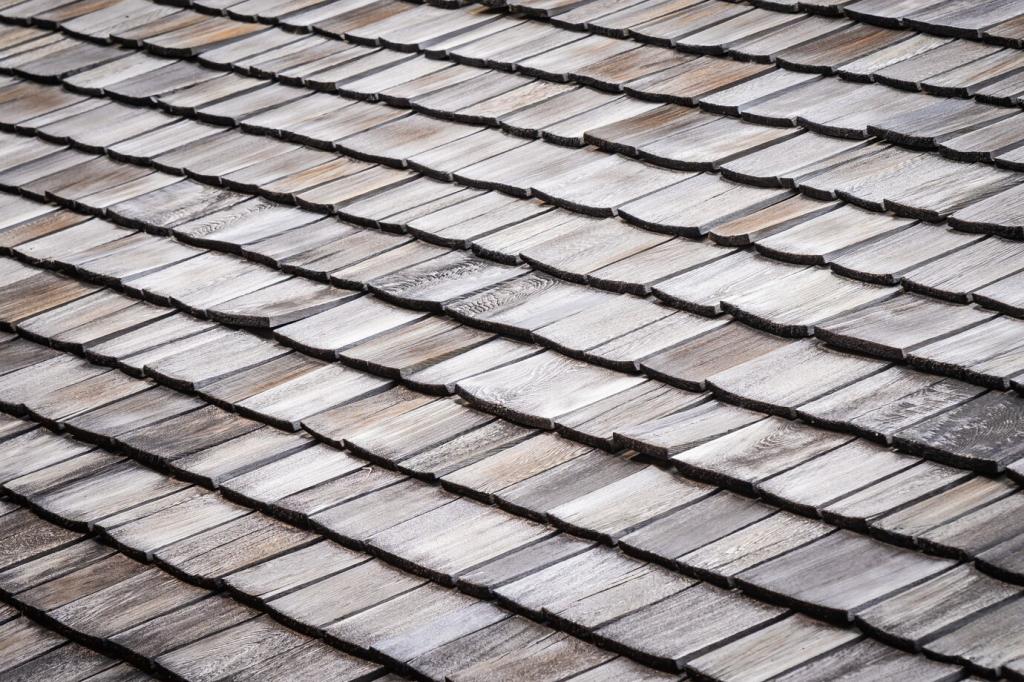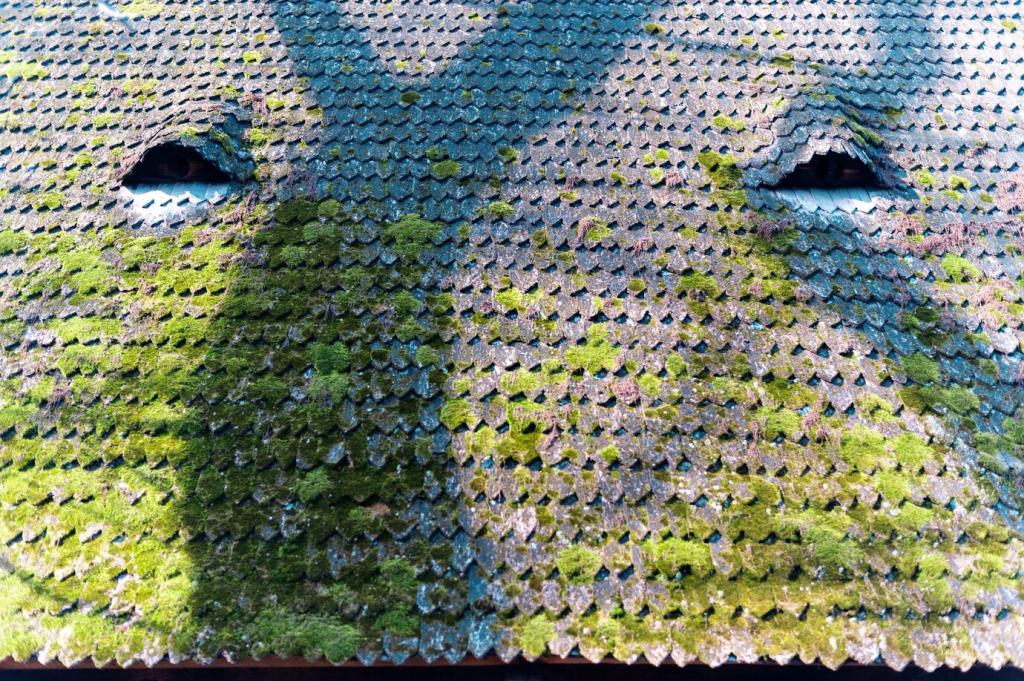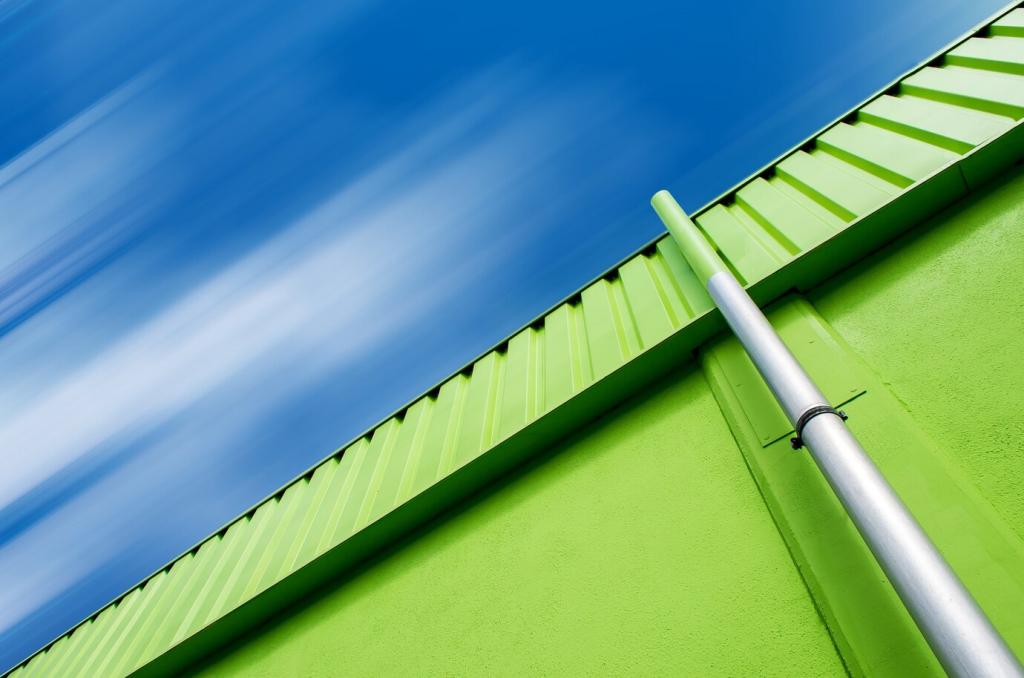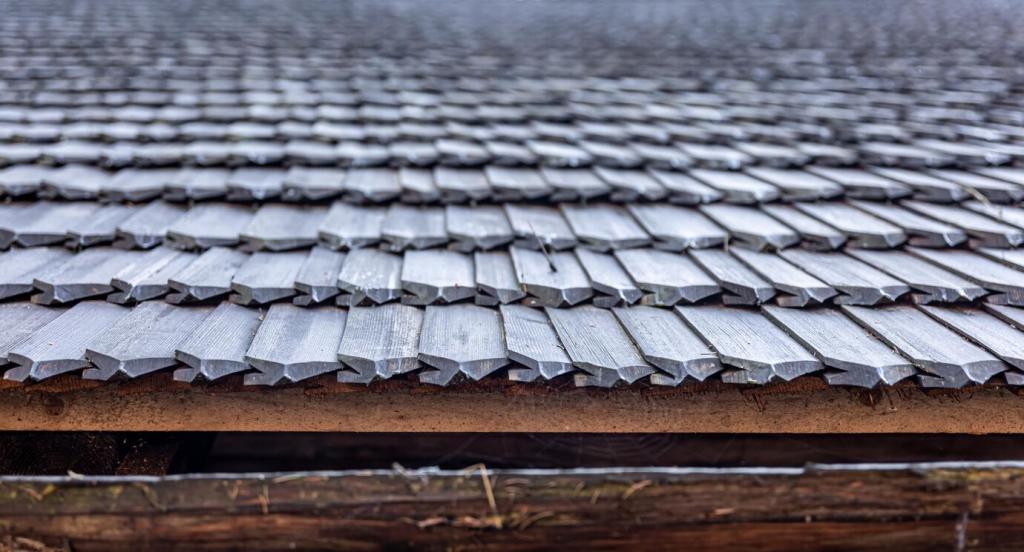
Best Practices for Roof Drainage System Maintenance
Proper maintenance of roof drainage systems is essential for protecting your property from water damage, prolonging the life of your roof, and avoiding costly repairs. Regular attention ensures that water is efficiently channeled away from the building, preventing leaks, structural issues, and the growth of mold or mildew. Adopting the right best practices for maintenance can optimize system performance, safeguard your investment, and provide peace of mind during heavy rains.
Regular Inspection and Cleaning
A visual assessment involves carefully examining gutters, downspouts, and drainage channels for visible signs of blockages, sagging, or breakdown. Checking for cracked or loose fittings, rust, or warping also provides critical insight into the system’s condition. By spotting these problems early, you can prioritize repairs and cleaning before complications worsen or lead to water intrusion into your building. Regular visual checks, especially after severe weather, ensure that any damage is quickly addressed, minimizing the chance for escalation.
Debris such as leaves, twigs, and dirt can easily accumulate in gutters and downspouts, obstructing the flow of rainwater. Manual removal, combined with flushing the entire system with water, helps ensure clear passageways for drainage. Ignoring debris buildup can cause overflowing, damage to eaves, or even water penetration into the roofing structure. Thorough cleaning should be scheduled at least twice a year, or more frequently for properties surrounded by trees, to keep the drainage pathways clear and prevent system overload.
Even subtle leaks or small rust patches can quickly evolve into major system failures if left unchecked. Early detection calls for inspecting all seams, joints, and connections for signs of moisture, corrosion, or perforation. Addressing these minor issues promptly with patching or rust-proof coatings prevents water from escaping the system and causing hidden damage to underlying roofing materials or exterior walls. Regularly attending to leaks and rust not only prolongs the lifespan of the drainage system but also maintains the overall integrity of your property.

Gutter Guards and Screens
Gutter guards and screens are protective components designed to limit the amount of debris entering the gutter system while allowing water to flow freely through. These additions reduce the frequency and intensity of manual cleaning, as well as the likelihood of clogs and blockages. Installing high-quality guards also prevents animals and larger objects from becoming lodged in downspouts, further safeguarding the system. Over time, this small investment can save significant maintenance time, extend gutter life, and improve overall drainage performance.

Downspout Extensions and Routing
Properly configured downspout extensions play a crucial role in directing water safely away from building foundations and vulnerable landscaping. Assessing and upgrading existing downspout extensions ensures they are long enough and appropriately positioned to avoid pooling water near the structure. Routing techniques, such as connecting to stormwater management systems, also reduce erosion and soil saturation. These preventative improvements minimize water intrusion risks and contribute to a healthier building envelope.

Upgrading to Durable Materials
Many traditional drainage systems were constructed with materials that degrade over time, especially in harsh climates. Upgrading to more durable materials, such as seamless aluminum or corrosion-resistant steel, can bolster long-term system resilience. Superior materials withstand weather extremes, resist rust, and require less frequent replacement compared to older solutions. Investing in quality upgrades not only reduces the likelihood of future failures but also adds value and curb appeal to your property.
Addressing Seasonal and Weather-Related Challenges

Preparing for Winter and Ice Dams
Before winter sets in, inspecting the drainage system for blockages and weak points is especially important. Snow and ice can accumulate rapidly, putting extraordinary weight and strain on gutters and downspouts. Unattended debris will freeze, leading to ice dams that block water from properly draining and force it under shingles or flashing. Taking preventive action, such as clearing gutters and installing heating cables where needed, greatly minimizes the risks posed by winter weather and preserves the roof’s structural integrity.

Tackling Heavy Rainfall and Storms
Intense rainfall can quickly overwhelm inadequately maintained drainage systems, resulting in overflows, basement flooding, or damage to siding and landscaping. Ahead of rainy seasons, ensure that gutters are clear, downspouts are unblocked, and all fasteners are secure. Checking for proper slope and water flow patterns helps identify any need for adjustment. Being storm-ready with a well-maintained system provides invaluable protection, allowing the roof to effectively manage surges of water during the heaviest storms.

Handling Wind-Blown Debris
High winds often deposit leaves, branches, and other materials onto roofs, where they can quickly congest drainage channels. Regularly inspecting and clearing the roof surface after storms reduces the chances of gutters becoming clogged. Additionally, trimming back overhanging tree limbs helps limit future build-up of debris. This seasonal attention ensures that drainage components can always perform at full capacity, reducing maintenance emergencies and prolonging the useful life of roofing materials.
